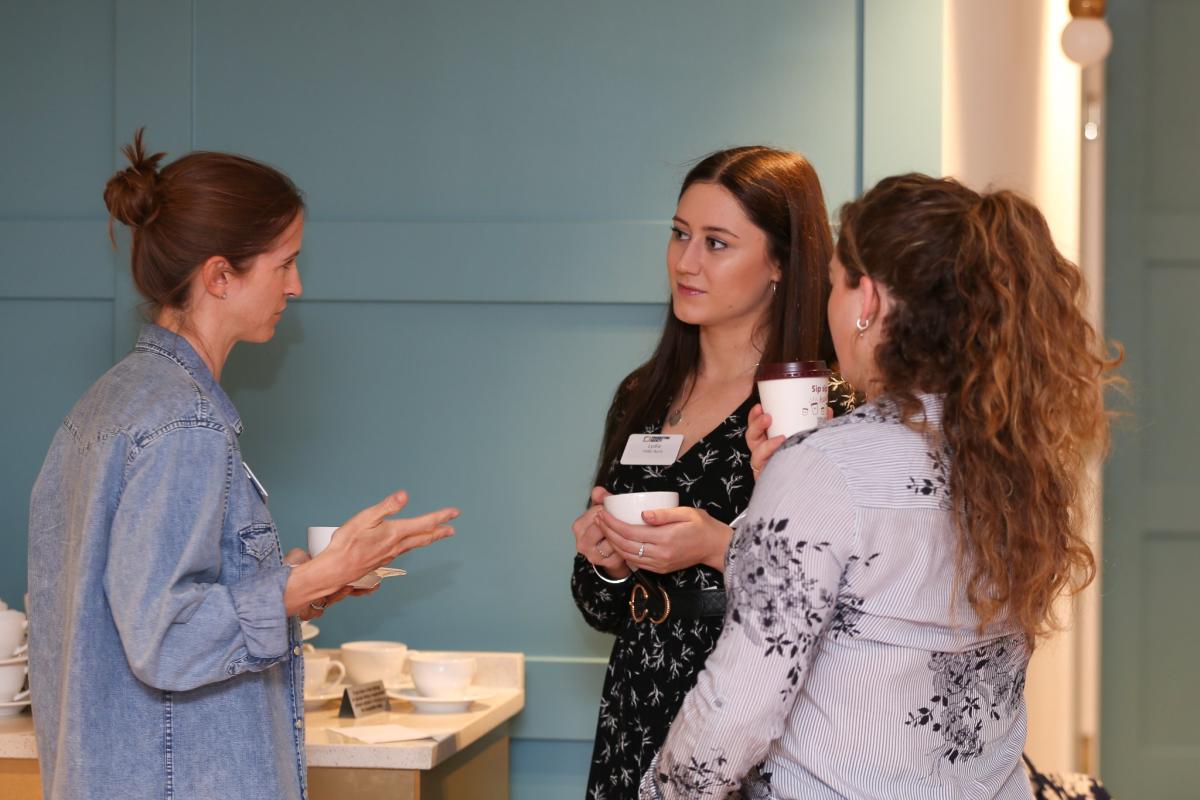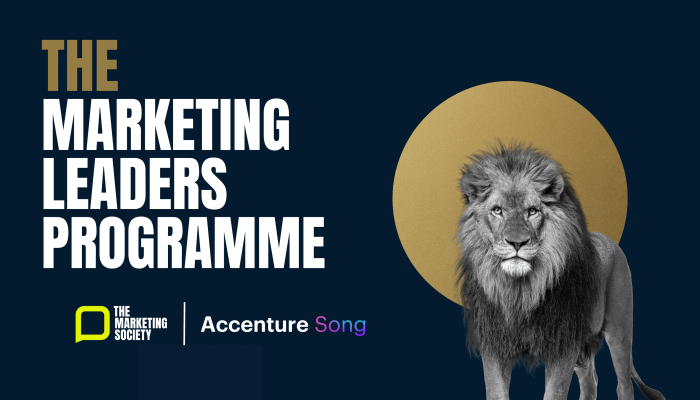As part of an ongoing annual series to celebrate International Women's Day, we reached out to our community to ask them about the positive changes they have seen so far and what more we do both as an industry and as individuals to move the conversation forward and accelerate further change.
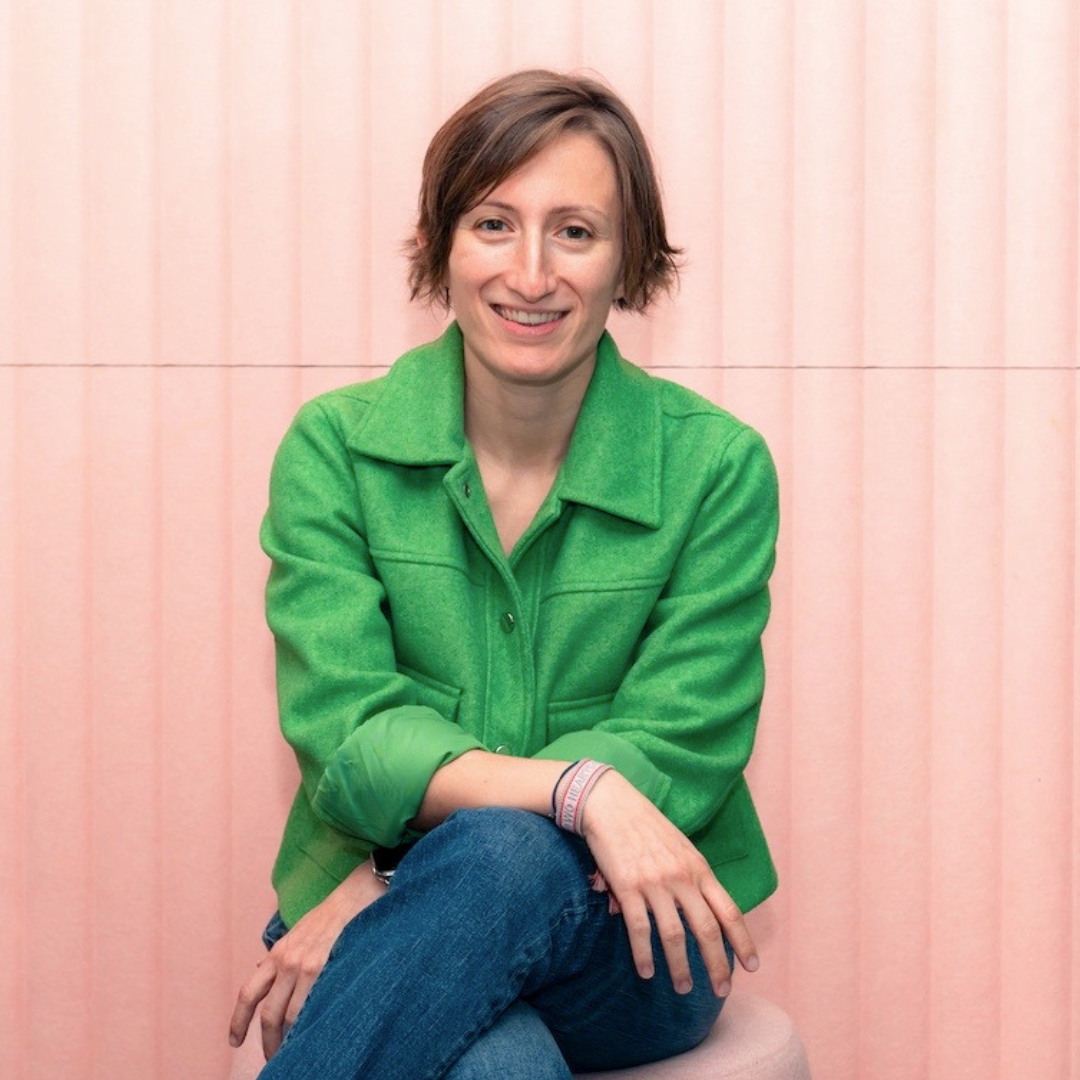 Annie Arsane, Head of Business Marketing , GBS, METAP at TikTok / ByteDance Network Technology
Annie Arsane, Head of Business Marketing , GBS, METAP at TikTok / ByteDance Network Technology
I have seen the industry come together behind the cause. There are more and more people embracing the need for equity, I am seeing more organizations talk about this, more participation from other women, and open dissatisfaction with the status quo. When we launched our first THINK EQUAL event together, we got one of the highest participation rates across The Marketing Society's events, a clear testimony to the passion surrounding this topic. This being said, there is still some ground to cover, and I urge everyone to keep pushing for a world in which our children will look at us in surprise when we mention that back in the days gender equity was a topic of discussion.
The data shows that there is more equity overall in different organizations. However, when you break it down by level, you quickly notice that the top is still skewed to male leadership, in line with McKinsey's theory of the broken rung. We need to encourage conversations with male leaders who have the power to sponsor and promote deserving women into their executive teams. I think we are already on that path, today's male leaders in different organizations, and in mine in particular, are open and intentional about diversity and therefore they have been leaning into the cause. Thanks to all your efforts, the mindset seems to have shifted, having equity has become a bragging point!
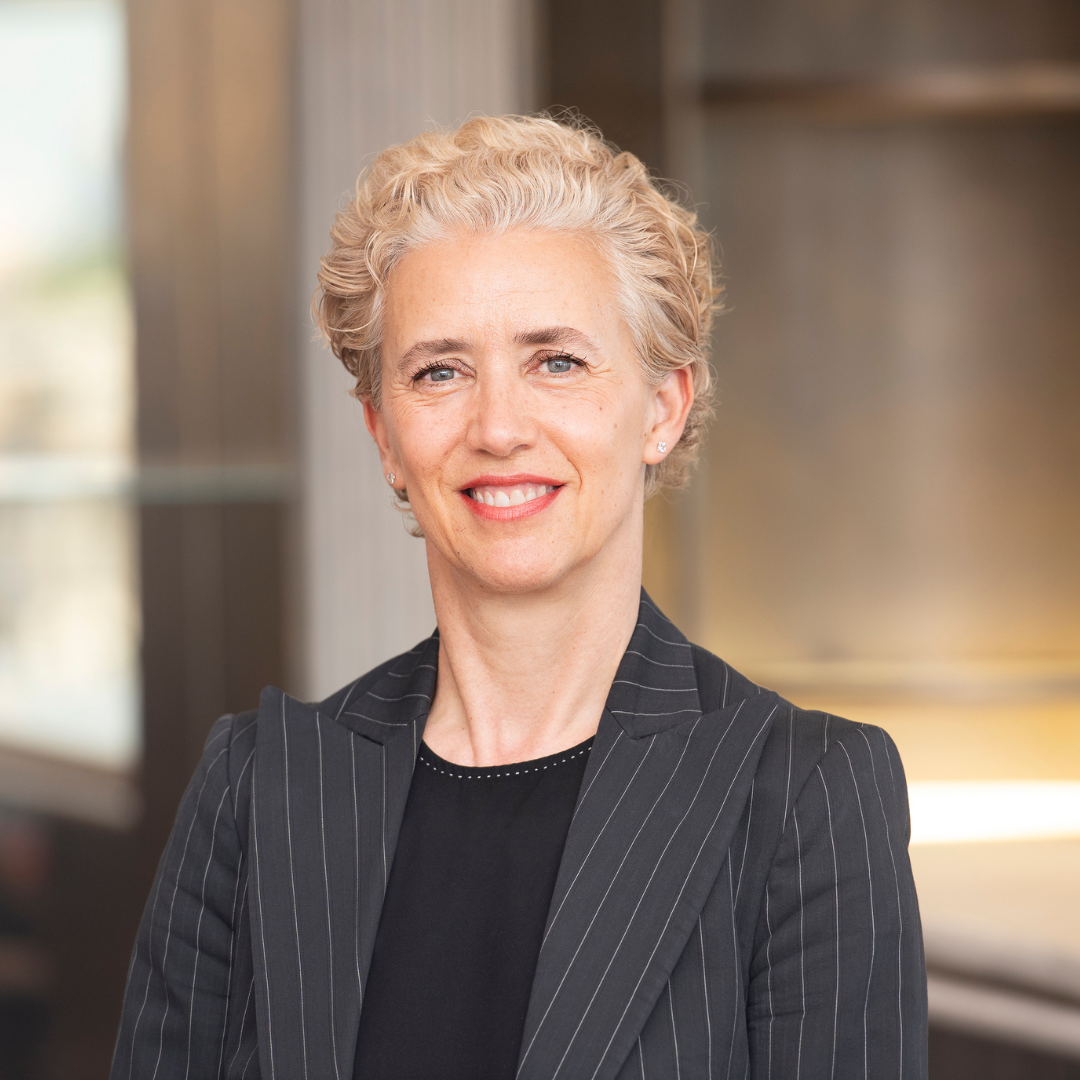 Cristina Diezhandino, Chief Marketing Officer, Diageo
Cristina Diezhandino, Chief Marketing Officer, Diageo
Our Progressive Marketing framework is at the forefront of challenging stereotypes and celebrating diversity in front of the camera, behind the camera, and in who owns the camera. We’re using our influence and spend to create a media and advertising environment where, from script to screen, everyone sees themselves represented. Diverse teams produce better creative work too, so it just makes commercial sense because it’s going to drive value for your business.
Since 2018, we’ve asked our marketing agencies to disclose their gender statistics and globally, when our agencies triple-bid, they’re required to propose at least one female director or photographer for shoots. In the last year, 45% of Diageo’s global marketing campaigns were shot by a female director or photographer including Don Julio’s 80th anniversary campaign in partnership with TIME.com, Smirnoff’s ‘21 Diamonds’ campaign, and Guinness Ireland’s ‘It’s a Lovely Day for a Guinness’ advert.
Diageo also continued to invest in platforms and publishers to make mainstream media more diverse and inclusive as part of its multi-million-pound global programme, including a Guinness partnership with The Sun to co-create an 8-page Women’s Six Nations Championship Guide to inspire the publication’s 8 million sports fans to support women’s rugby.
Beyond our own work, we’re also working hard to address the lack of women represented in top creative leadership roles around the world. For the third year, we sponsored the Creative Equals Returner scheme which supports women in creative industries as they return after a career break.
I’m proud of our progress, but change doesn’t happen overnight. As a marketing industry, we can all commit to an advertising and media environment where, from script to screen, everyone sees themselves represented and it’s encouraging to see this prioritised right across the industry, but our work is never done.
We must continue to push and look at what more we can do. At Diageo, progress in this area is never about one advert or one campaign – it's about a whole culture and mindset change and we will continue to invest for progress and support minority voices in our work so that all consumers see themselves in our advertising from script to screen.
We’ve set ambitious goals to accelerate further change such as our new global commitment to spend 10% with diverse-owned and disadvantaged suppliers and agencies by 2025, and 15% by 2030.
There is always more to do and more to learn, and it’s only by sharing these practices that the whole industry will continue to progress.
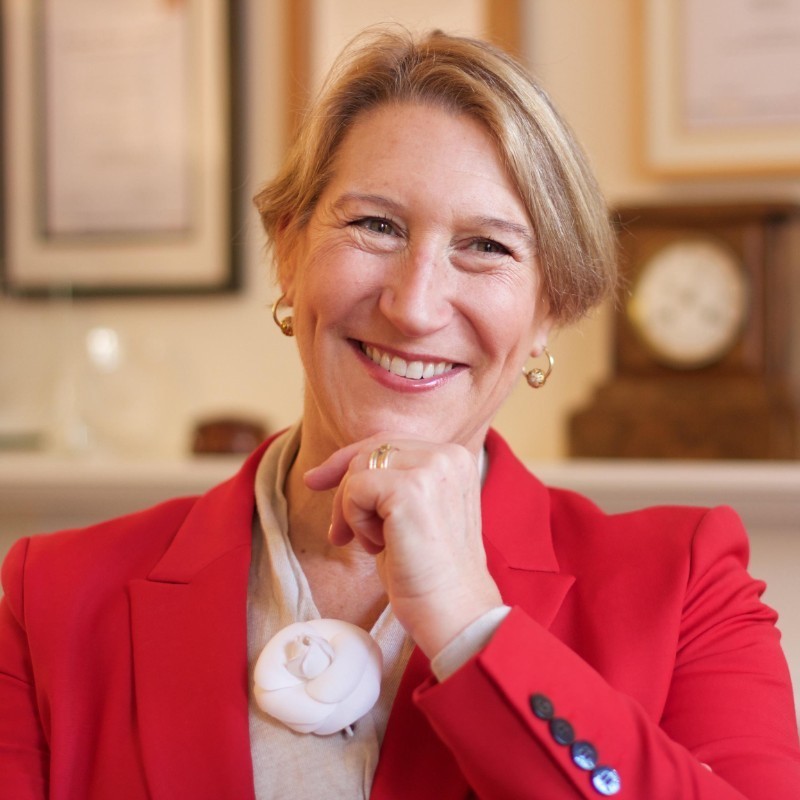 Allyson Stewart-Allen, Chief Executive, International Marketing Partners
Allyson Stewart-Allen, Chief Executive, International Marketing Partners
Given the post-pandemic changes to marketers’ attitudes towards work and their employers, increasingly Marketing leaders must demonstrate even more transparency when it comes to career progression and pay for their female talent if they want to keep them in the business. The “quiet quitting” phenomenon is very real, with Gen Z women in particular more fearless and activist than any other generation. The implications therefore for bosses in the Marketing function is to engage them more effectively and give them more and varied opportunities across the business.
One of the best ways the Marketing industry in the UK and globally can move the conversation forward is by continuing to represent women in bought, earned and owned media in ways that position them as equals. Thankfully, we’re seeing more men in ads for home cleaning products now doing the mopping and washing up. We also however need to see more women equally represented on conference panels, quoted in the press, as business pundits for news outlets. With the latest report from the annual FTSE Women Leaders Review, 40.2% of Directors at the UK’s FTSE 350 companies were women in 2022, outperforming the 2025 target 3 years early and up from 11 years ago at 9.5%. Almost 2 in 10 of these FTSE350 Boards have a female chair though only 21 were CEOs. So we still have some work to do!
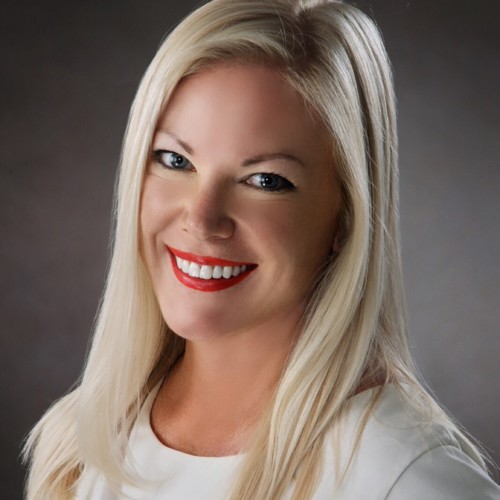 Wendy Walker, Vice President Marketing ASEAN, Salesforce
Wendy Walker, Vice President Marketing ASEAN, Salesforce
It is encouraging to see more companies embrace a commitment to creating a diverse workplace that reflects the communities they serve, and making changes to their internal structures to foster an inclusive culture where everyone feels seen, heard, and valued. In creative industries this is no longer a ‘nice to have’ but is absolutely critical for innovation and growth, and it’s heartening to see more organisations understand this direct correlation between inclusivity, effectiveness and positive impact on the bottom line.
As marketers, we need to hold a consistent and unwavering focus on representation in the work we take to market - even when budgets tighten; because we really do have the power to influence society by elevating all aspects of humanity in the media around us.
Consumers and audiences demand this and are increasingly holding companies accountable for underrepresentation on stage, in ads, or social media.
Whilst there has been good progress, there is still so much work to be done to achieve more authentic representation, and we know that by doing so we can drive a direct positive impact to the bottom line of our brands.
We can all think of many examples in the film industry over the last couple of years, where the stories of traditionally underrepresented groups have led to box office records around the globe. And more brands are embracing this approach - but we need more. The brands that maintain focus on this are the brands that are winning.
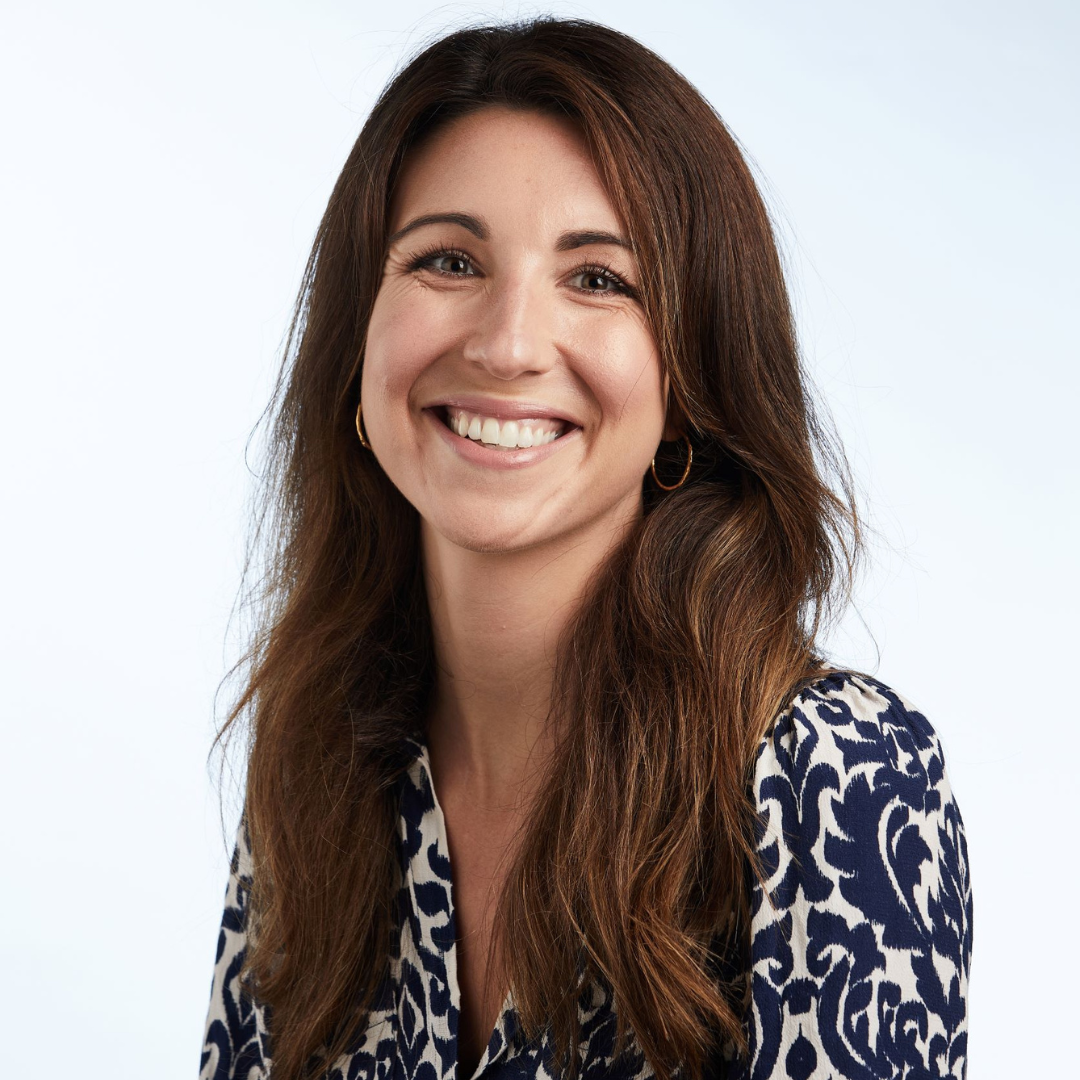 Hollie McLellan, Director of Customer Marketing, Boots
Hollie McLellan, Director of Customer Marketing, Boots
At Boots we’re very proud to be the champions of women’s health which has often been underserved and ignored in the workplace. In the last year, we set out to raise awareness of the Menopause amongst our colleagues and remove the stigma to create a healthy and inclusive workplace. We upskilled our managers to understand the impact the menopause and implemented a reimbursement initiative for HRT for team members experiencing menopause, showing our commitment to supporting our team members during this stage of life. We set-up peer-to-peer support in which women could connect and be able to talk about their experiences. As a result, both women and men at Boots feel more able to openly discuss the Menopause and how it has effected them or the people in their lives.
The pregnantthenscrewed.com campaign has done a fantastic job of raising awareness and creating urgency for taking action. Mothers are still unfortunately forced out of the labour market by an economy that does not recognise the value of the unpaid care they provide. There are three key issues that have a significant impact upon The Motherhood Penalty and as an industry we need to do our part to influence the Government to acknowledge these issues and set out a plan for action. They are:
- Good quality affordable childcare for all children
- Flexible working as the default
- Ring fenced, properly paid parental leave
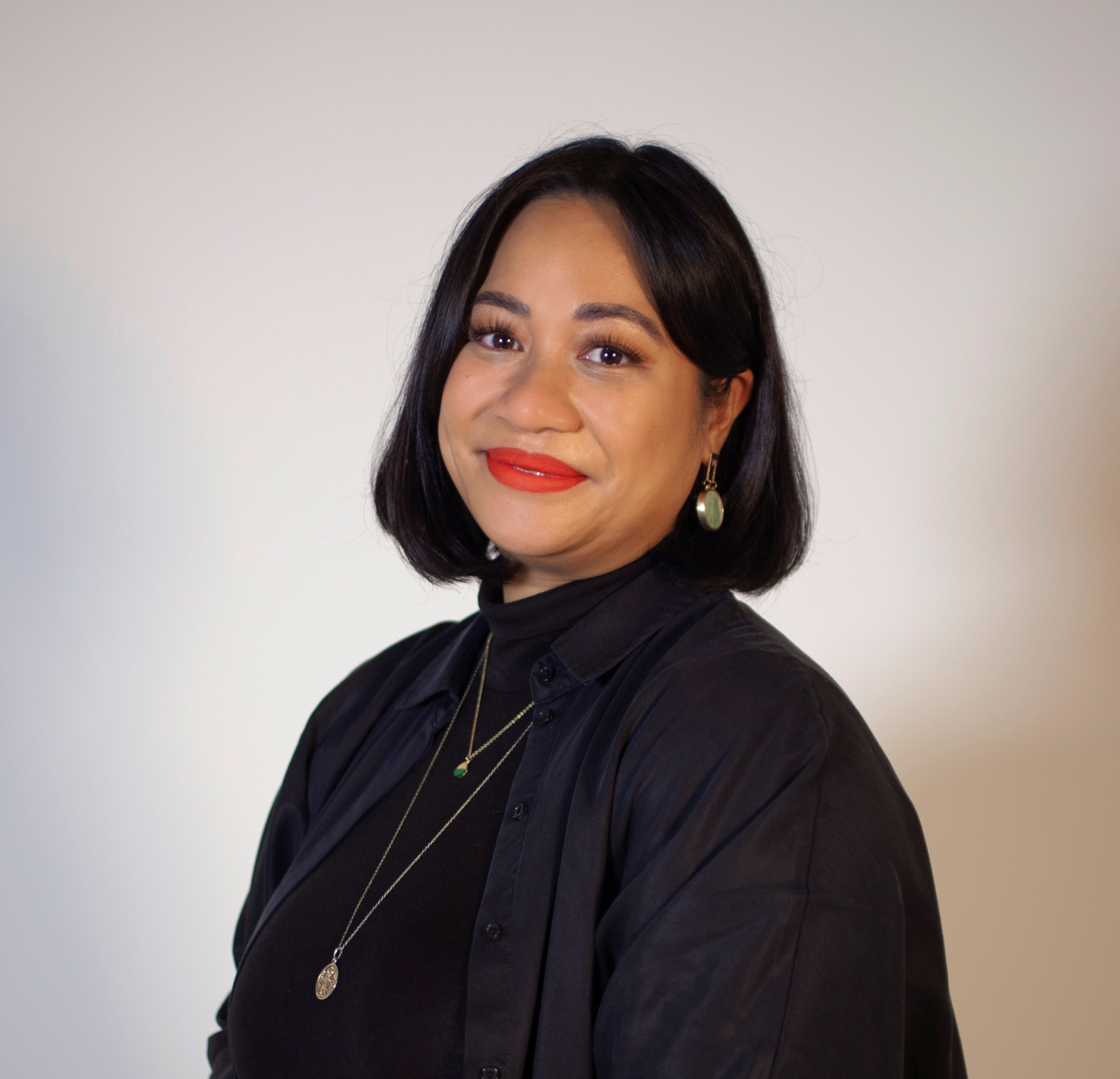 Joanne Merecido, Head of Group Marketing and Business Development, LEAP
Joanne Merecido, Head of Group Marketing and Business Development, LEAP
Visibility and Flexibility. These are two key things areas that I think are important to progress, and the industry is listening. The MRS Inclusion Pledge is a great example of levelling out the playing field. It sets out key areas, such as publishing pay statistics, that businesses need to accept before signing the pledge.
Flexible First is another business change that is being embraced more and more. The guidelines published by the Women in Advertising and Communication Leadership (WACL) is a great place to start for businesses looking for guidance. Our business, LEAP, is a flexible first agency; it recognises the benefits of equity.
The pandemic saw women being negatively affected at work, bearing the brunt of childcare and home-schooling pressures as well as facing sector-wide redundancies. The IPA’s “women in senior leadership” figures had inched up to 34% but declined to 32.1% following the pandemic. The industry needs to accept that there must be more action than words as well as significant investment to close the gender leadership gap. As individuals, allyship and sharing strategies that can better support change are crucial to accelerating change!
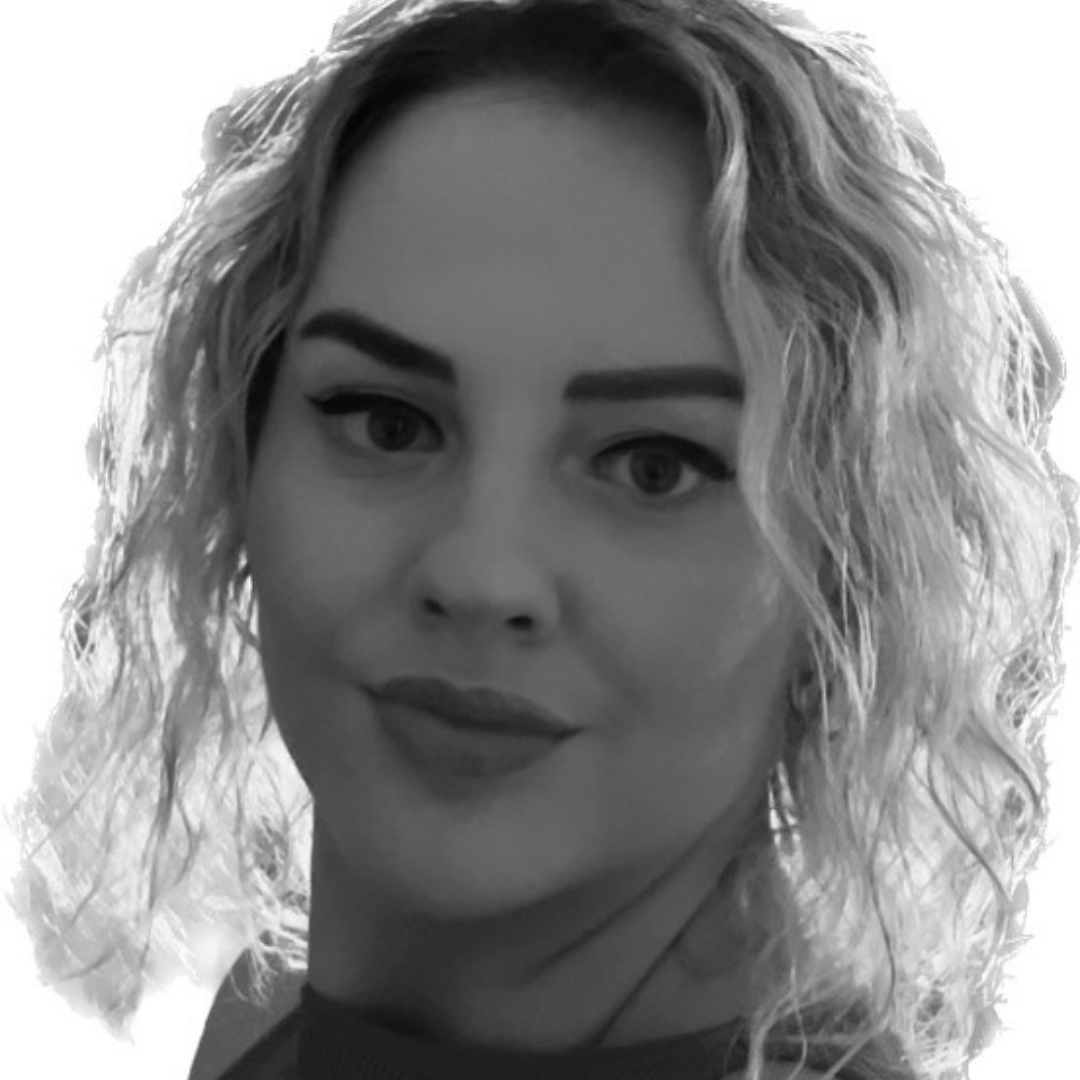 Laura Bird, Client Services Director, The Writer
Laura Bird, Client Services Director, The Writer
I’d been working for almost a decade before I was managed by a woman. My career started with a graduate scheme on the railway. And there must have been six men for every one woman. The reverse is actually true at my current agency! What’s really made the most difference though, rather than just the number of women, was having more women in senior positions. Having that support is essential, to encourage younger women and show them what’s possible. We’re definitely starting to see more change. I’ve seen great initiatives, embracing equity as well as equality lately, things like parental leave, flexible working, and embracing diversity at work, all of which will encourage women to stay in, and work their way up in companies.
We have to get down to the root cause of inequity. And that will mean asking awkward questions. Why aren’t more women in senior positions? Well, do they have what they need to get there? How are your policies helping carers, or part-time workers (groups that are filled with women)? And, going even further back, are your job ads encouraging women to apply? Not just for those senior positions, but all the way down to the very junior levels. Basically, how do we bring women, and women from all different backgrounds, into the industry from the very beginnings of their careers, and then continue nurturing them? That’s the million-woman question.
